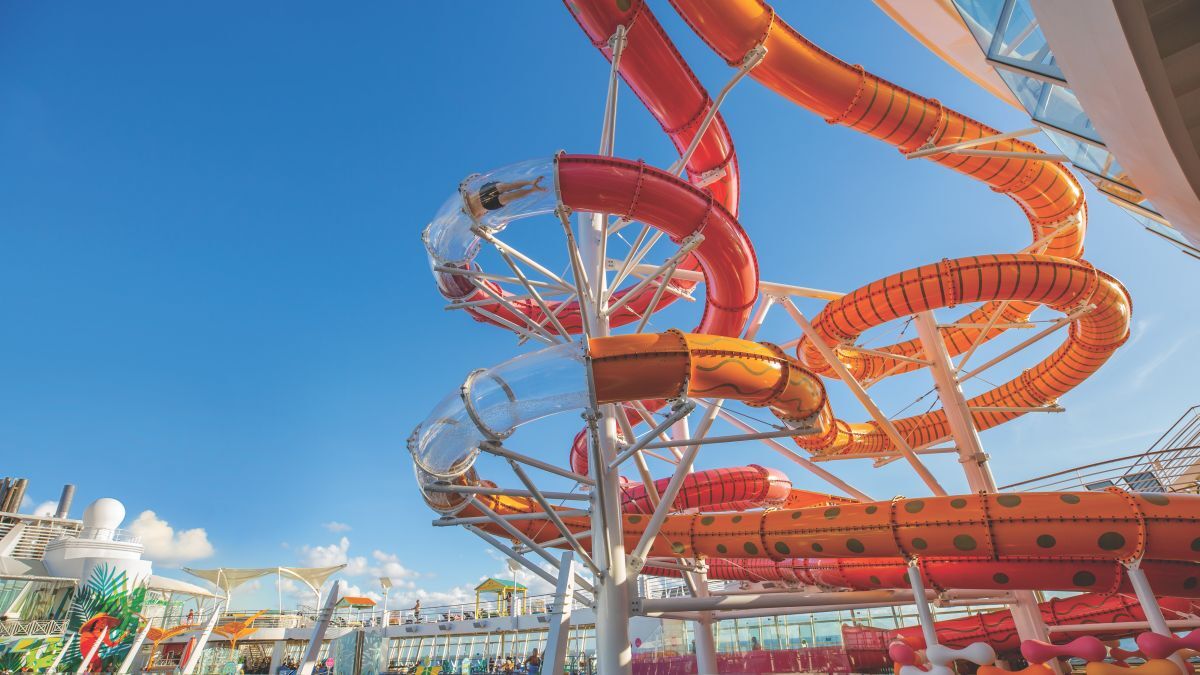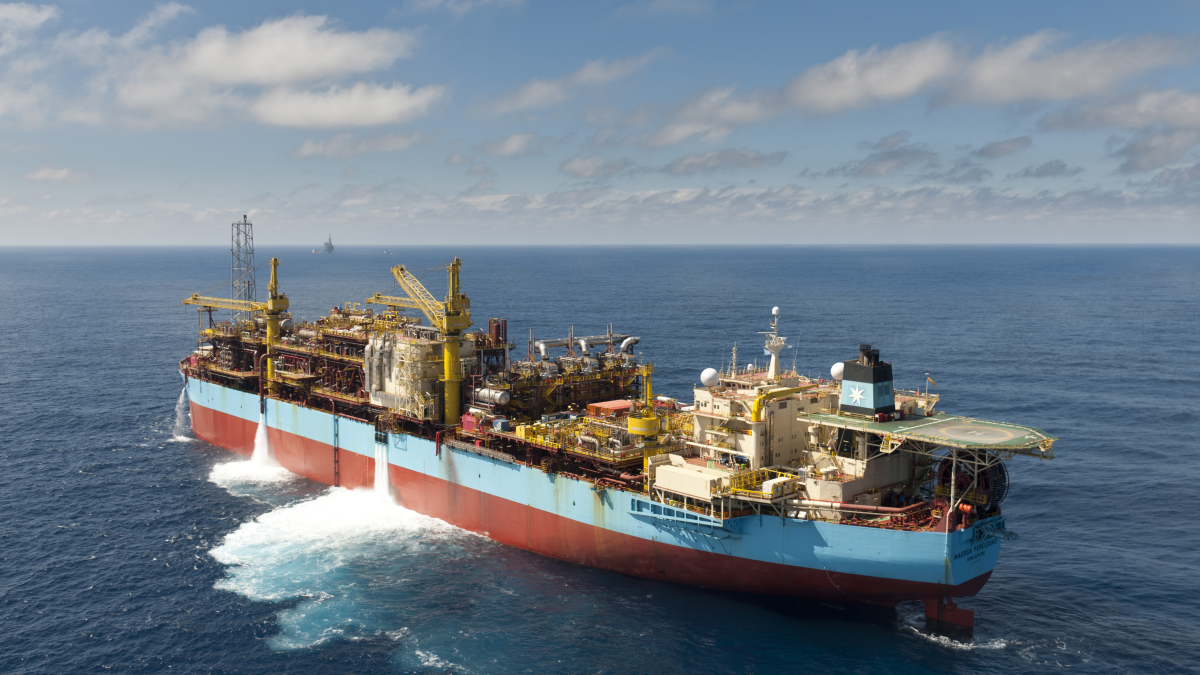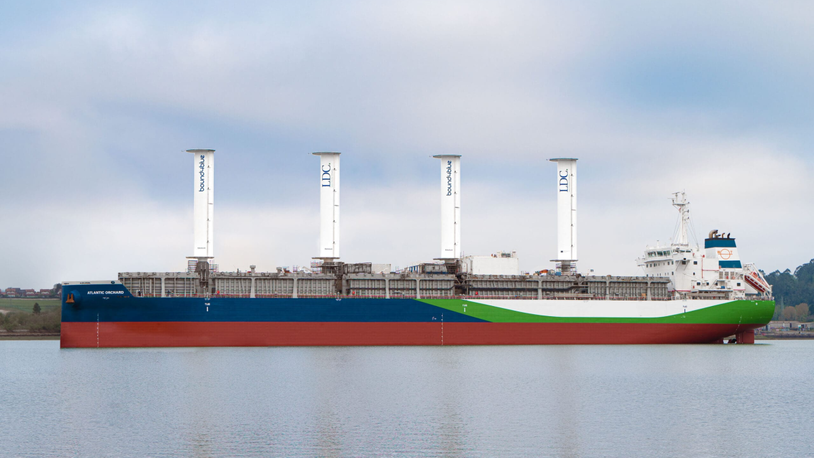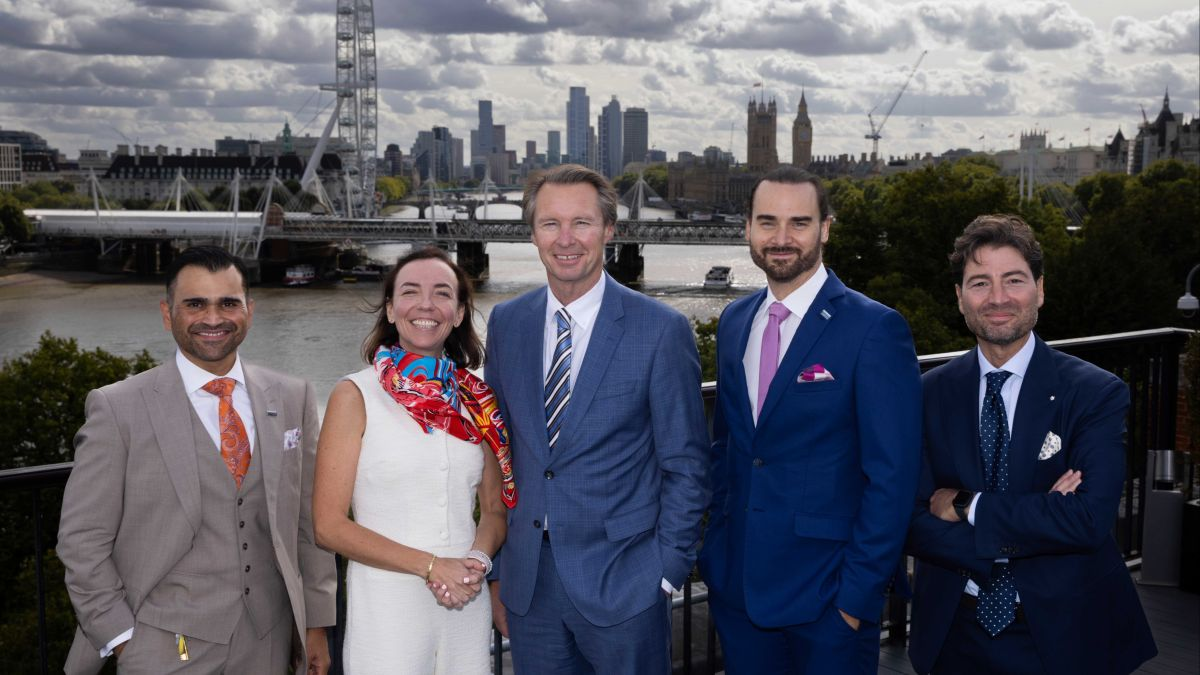Business Sectors
Contents
Cruise interiors design: business is booming and the future is looking bright
With new ships on the orderbooks and lines reimagining older vessels, design companies are keeping busy
Consultant project manager and owner of Terraqua Consulting Group Inc, Stephen Fryers, has experienced first-hand how the cruise industry has weathered the storm and set sail into the post-pandemic era.
He has personal knowledge of the subject through his wide-ranging experience with newbuilds and retrofits; most recently Royal Caribbean Group’s US$100M upgrade of Allure of the Seas.
Mr Fryers tells Passenger Ship Interior & Refurbishment Review, “The main project I’ve been on for the past year was Allure, and it was a complex project with multiple layers. It wasn’t your straightforward refurbishment.”
Originally planned for 2020, it was cancelled days before the vessel, constructed in 2009 and part of Royal Caribbean’s Oasis-class, was scheduled to go into drydock.
“Some US$20M+ worth of material was kept in storage, and then in 2025, we have to start using that material for some of the venues,” he says. “One of the layers that was difficult, and we normally don’t have, was understanding what was still in storage and what was still usable.
“After five years, it would have been naive to assume everything was perfect. We had to purchase new materials for certain pieces that were not usable or had been used in the intervening period on other ships that had gone in for drydock.”
An additional unexpected obstacle – disproving the old saying that the rain in Spain stays mainly on the plain – was the team faced 18 days of wet weather out of the first 20 when the 5,492-passenger, 225,282-gt cruise ship was in the Navantia shipyard in Cadiz at the beginning of 2025.
“But we had a good team and the contractors were great as well,” adds Mr Fryers. “Everybody pulled together and we succeeded in completing the project on time. It was challenging but we got there.”
He says while the pandemic forced cruise lines to delay upgrades and refurbishments, many of them keeping to a minimal financial outlay to simply retain classification, the industry has bounced back.
“There’s a lot of newbuilding going on and people are placing orders for new ships,” he explains. “There is a feeling within the industry that demand is high. Coming out of the pandemic, it was difficult for many of the cruise lines. It cost them a lot of money to keep ships going during that period. They didn’t spend a lot of money because they didn’t know what was happening around the corner.
“Because of that, there is a backlog of ships needing to go to drydock. They would have done the standard drydock, the five-year cycle they have to for class reasons, but with regards to doing refurbishments, it was minimal. Now we’re seeing ships going back to their standard drydocking type of scope with refurbishments.”
Regarding trends, Mr Fryers says he has noticed a move towards lines retrofitting older ships with venues, such as bars and restaurants, found on their newer vessels. He says this is instead of considering something completely new to enhance revenue generation and attract passengers to their ships.
Mr Fryers explains, “If you think back, there was the trend of everybody putting water parks on, and now most ships have them and they are somewhat standard. It’s looking at designs and opportunities to put in a wow factor that can attract guests over to whatever brand it happens to be.
“If we consider new ships coming out for a fleet, some venues may be implemented on other classes within the company, to offer variety across ships for guests that prefer a smaller or medium-sized ship.”
He says sustainability remains a major focus for cruise lines, with more energy-efficient propulsion systems, HVAC systems and other initiatives all helping to save on fuel costs and improve sustainability.
“A number of cruise lines are looking at shore power,” he continues. “That helps them with their fuel costs and is also environmentally friendly as they’re not running their engines. Sustainability is a broad subject, and it varies between individual cruise lines depending on what they think is important for them and their passengers, but they are looking at what can help from an environmental perspective, which has a knock on effect with cost savings.”
Mr Fryers points out while the state of the industry is now very healthy, one of the constraints in refurbishment and newbuild projects is a workforce shortage and supply and demand for labour.
“Now things have picked up again, it’s trying to find qualified people for projects,” he says. “We had a lot of people who were top of their game and then Covid hit and many of them either got laid off, took early retirement or found alternative employment and they’re not coming back to the industry.
“An issue now is trying to find people you can hire that are knowledgeable and have the experience to be able to come in and be up and running straight away, rather than having to be trained. You have to have some people that are coming in fresh, so it’s having the people that can take them under their wing to achieve success in the project.”
Nevertheless, the outlook is bright with plenty of opportunities for those involved in newbuild and refurbishment projects.
Mr Fryers says although some lines have done better than others, all the major players are still there, and while some older vessels have since been sold, lines are building new ships. This means although there might be fewer ships sailing there is increased passenger capacity compared with before the pandemic.
Summing up, he says, “There are not a huge number of design firms working within the cruise industry. Given the newbuilds that are happening, and the refurbishments that are taking place now, there’s a significant demand and uplift in opportunities for design teams that work in the industry. The confidence level is back and the industry has rebounded very well from Covid.”
Sign up for Riviera’s series of technical and operational webinars and conferences:
- Register to attend by visiting our events page.
- Watch recordings from all of our webinars in the webinar library.
Related to this Story
Events
International Bulk Shipping Conference 2025
Tankers 2030 Conference
Maritime Navigation Innovation Webinar Week
© 2024 Riviera Maritime Media Ltd.














